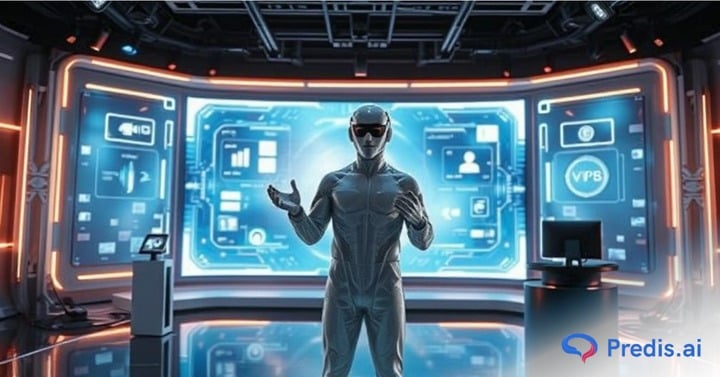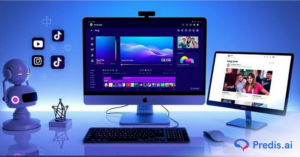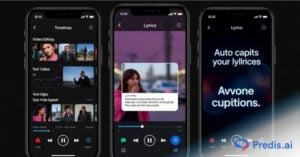Everywhere I go, I hear people say AI this and AI that. It has taken centre stage in any conversation we might have. And this blog is not going to be any different. Synthetic videos are generated by AI. In this guide, we are going to be discussing in detail everything there is to know about synthetic videos, from creating them to real-life applications.
So, let us get started then!
What is Synthetic Video?
Video production and content creation are not for everyone. Creating these traditional forms is extremely time and resource-intensive. And I am not winging it when I say traditional video production can be multiple times more expensive than AI-created ones. Studies back this fact too, because to make one minute of a video, you need to spend $800 – 10,000. But with AI, you can get it done for $2.13 per minute.
So, you can see the appeal, right? Now, let us get down to the subject at hand, which is Synthetic media.
Synthetic video is anything that can be generated with AI. Through deep learning and Generative Adversarial Networks (GANs), computers take text prompts from us and convert them into lifelike content. To put it in simpler terms, any video that you generate with the help of AI is considered a synthetic video.
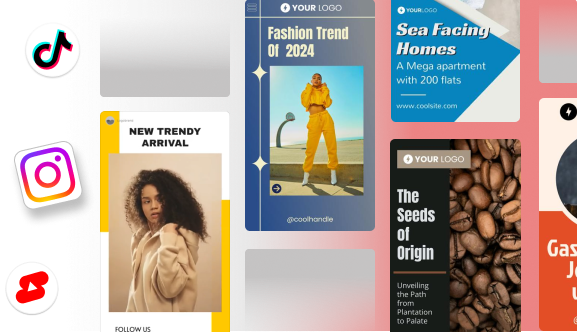
Types of Synthetic Video
If you think Synthetic videos have only been used recently in media production, then you are sadly mistaken. They have been in use for a pretty long time. The reason it is in the limelight now is that it has become as affordable and accessible to us as normal people.
With that said, let us explore the type of Synthetic videos that have been used before. Broadly, they can be broken down into different types, such as:
- Edited videos: Adobe Premiere has been providing tools to help its users edit raw footage for almost a decade. This can be considered as a forerunner to synthetic videos.
- VFX and CGI: CGI movies and doing VFX for stunts have also been a common occurrence in movies for a long time.
- Deepfakes: Deepfakes are getting a bad rep these days as it has been used for spreading misinformation. But would you believe us if we said they have been used to create realistic fake videos since 2010?
- AI-generated videos: This has been the crowd favorite these days. AI-generated videos are ones that are created from text prompts. These kinds of videos are easy to create and scale.
How To Create A Synthetic Video in a few minutes?
But before I dive headfirst into the process, I have something for my fellow nerds. If you want to know how AI video generators work, then check this guide out. To everyone not interested in the theory, let us get on with it!
To start creating a synthetic video, first, you need to choose a tool that can make this happen. And one such tool is Predis AI.
Making a Video with Predis AI
- To start creating a video on Predis AI, first sign up for it and get your free account.
- Once you are within the dashboard, click on the “Create New” button in the left column.
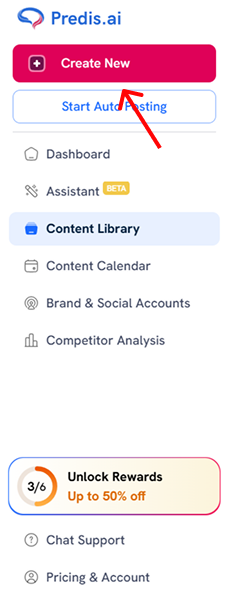
- The next step is the most crucial step because now you have to figure out the type of video content that you want to create. Whether it is a social media post or a voiceover video that you see all the time on YouTube shorts, whatever it is, click on it. I am picking “Voiceover videos” here.
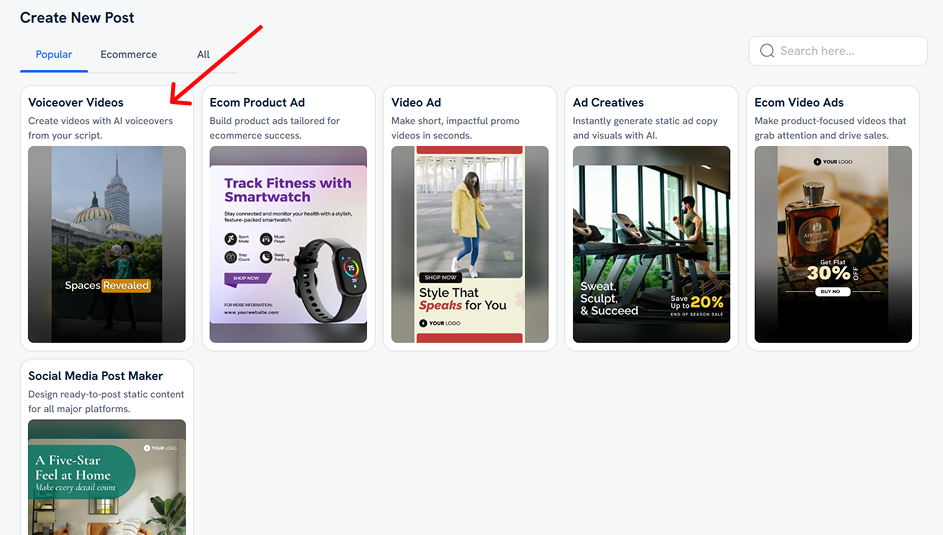
- Now, you have to describe the type of content that you want in your video. This can be anything from ideas, dialogues, scenes, or even a whole storyboard. You should also pick the right dimension that you want, such as portrait, landscape, and so on.
- If you have stock images or photoshoot images that you want to add to the video, you can upload them here. Or, you can let AI generate the whole thing for you.
- Once you are happy with the inputs that you gave, you can click “Generate” to let AI do its job.
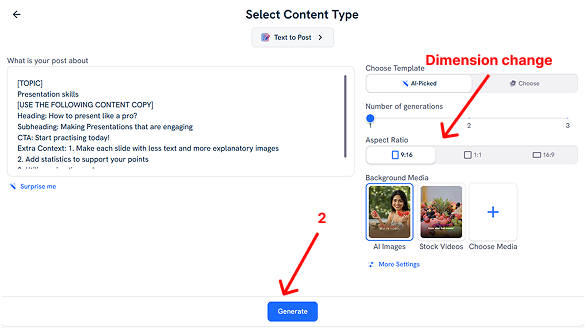
Your video will now be generated in a matter of seconds. The best thing about this is that you can make any number of modifications to this video as you want. And when you are done, you can even schedule it straight to your social media channel for seamless automation.

How To Include Synthetic Videos in Your Content Strategy?
Although Synthetic videos are less expensive than traditional videos, they are not yet at a stage where they can completely replace traditional media. But incorporating them thoughtfully in your content strategy can still be very effective in the grand scheme of things.
Okay, but where can we add these synthetic videos to our content strategy? Let us explore some common applications that you can consider.
- Business videos: You can use synthetic video generators to make product or explainer videos for training and onboarding. You can even use synthetic videos in customer support.
- Educational videos: Synthetic Interactive videos can be a great way to help students learn material more efficiently. You can even lengthen, shorten, add or reduce portions based on individual learning capabilities.
- Experimenting with different videos: Let us suppose you are going to be making a video and want to experiment with different actors and backgrounds. Then, synthetic media can help you do this with much fewer resources.
- Translating videos: With synthetic video, you can translate existing video content into multiple languages without the hassle of re-shooting.
Advantages and Disadvantages of Synthetic Media
Like any new technology, tool, or service, Synthetic media also comes with its benefits and drawbacks. By weighing the pros and cons, you can figure out if Synthetic media is worth all the hassle or not.
Advantages of Synthetic Videos
- They are scalable, allowing you to produce a large number of videos in a short duration.
- Synthetic video generators do not require you to have any video editing skills, thus making it accessible even for non-techies.
- These videos reduce the barrier of entry for video creation, making it easy for anyone to create a professional-quality video.
- The amount of resources it takes to create synthetic videos is really low when compared to traditional videos.
- Allows you to make multiple versions of the same video and make as many edits as possible. Although this is possible in traditional video creation, the expenses will mount up.
Disadvantages of Synthetic Videos
- On the other hand, these kinds of videos can be used to impersonate someone. Deepfakes have made fraudulent video-making accessible as well.
- The more misinformation is spread using Synthetic videos, the less people trust these kinds of videos.
- Synthetic video is not regulated, and the creator can be hard to trace as well. These are some reasons why synthetic media is used widely for spreading false information.
- Unauthorized cloning, deepfakes, and likeness to a real person can land you in hot water. This is where synthetic videos can cause ethical issues.
- Sometimes, AI video generators can slip up and distort video continuity in some places. These errors can make the videos look less real at times.
Best Practices To Follow When Creating Synthetic Media
Synthetic media is a dynamic and complex technology that requires following best practices to avoid ethical or legal issues.
- Provide adequate information: When creating videos, always provide all the information in your prompt. Misinterpretation and conveying information in the wrong sense can cause issues.
- Find tools that work for you: There are many tools available on the market that can create synthetic videos. Select one that works for you and one that fits into your workflow to create a seamless experience.
- Ethical awareness: Be aware of any legal and ethical repercussions that might occur so that you can better prepare for them.
- Analyze with a human approach: Just because AI generated a video, does not mean it is accurate in every sense. So, see the final output from a human perspective. Is it understandable and engaging for your audience?
- Analyze the results: Sometimes, your audience might not prefer AI video. Sometimes, traditional videos can be restrictive to your creative process. Therefore, assess what your audience loves and provide them with it.

Synthetic Video Generators to Check Out
If you are in the lookout for Synthetic video generators, you have many options available for you to choose from. Out of all the tools, we have handpicked a few for you to check out:
- Predis AI: Predis AI is an AI generator that helps you in content creation and social media automation. You can even do competitor analysis, get hashtag and caption suggestions for your posts, and do so much more.
- Veed IO: Veed IO is another synthetic media creation platform that can create viral short video clips with voiceovers.
- Synthesia: If you want to create presentations, product demo videos, or any video with an AI presenter, Synthesia can help you.
Future of Synthetic Video
Synthetic videos are breaking down the barriers involved in content production and equipping everyone with the resources to build their brand. And, the innovation does not seem to stop there. Soon we will be able to see:
- Innovative forms of interacting with AI videos
- Full-body avatars
- More expressive videos with diverse avatars and so much more.
As synthetic videos evolve, understanding their uses and utilizing them in content strategy can help us streamline processes and reduce resource expenditure. So, start utilizing AI in your video creation process today!
FAQ:
A synthetic video is a video that is either generated by AI or enhanced through computers. These videos can be anything from VFX, CGI, to complete AI-generated videos.
Traditional videos are made with real subjects in a real-life setting with a camera, equipment, and other post-production methods. However, Synthetic videos are generated with AI and Machine learning techniques.


